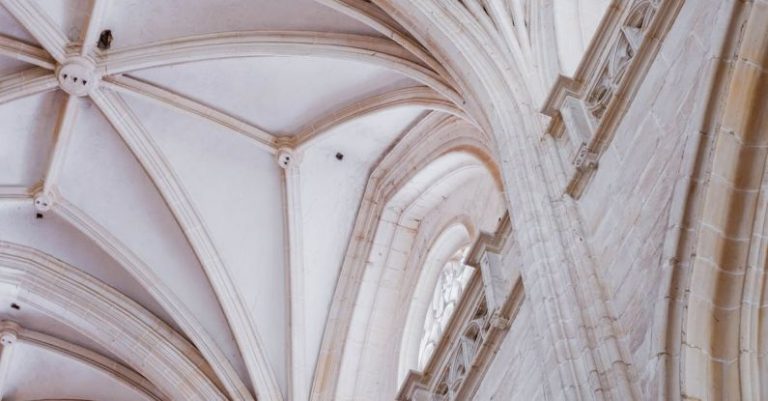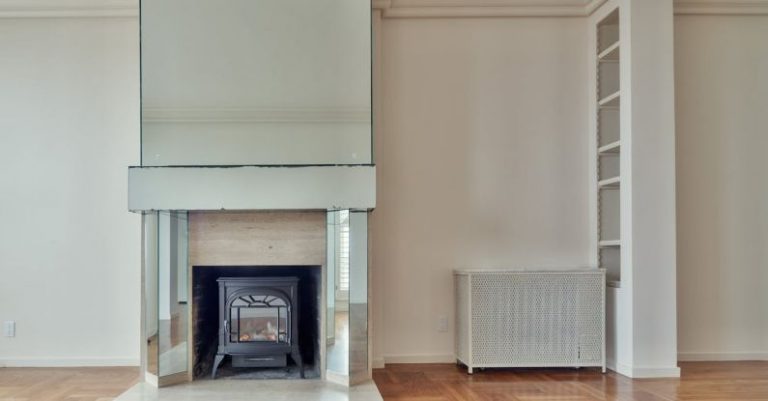
In the ever-evolving world of architecture, designers are increasingly finding inspiration from historical architectural elements to create new and innovative designs that blend the past with the present. This trend of incorporating historical architectural elements into contemporary structures not only adds a sense of timelessness and character to modern buildings but also pays homage to the rich architectural heritage of the past. From ornate facades to traditional building materials, architects are seamlessly integrating historical elements into new designs, resulting in a harmonious fusion of old and new.
**Preserving the Past**
One of the key reasons why historical architectural elements are being incorporated into new designs is the desire to preserve the past. By integrating elements such as arches, columns, and intricate carvings into modern structures, architects are able to pay tribute to the craftsmanship and artistry of the past while ensuring that these architectural treasures are not lost to time. This blending of old and new allows for a continuation of architectural traditions and helps to create a sense of connection between the past and the present.
**Adding Character and Charm**
Historical architectural elements bring a sense of character and charm to new designs, setting them apart from cookie-cutter modern structures. Whether it’s the use of traditional building materials like brick and stone or the incorporation of decorative motifs inspired by historical styles, these elements add depth and visual interest to buildings, creating a unique and inviting atmosphere. By infusing new designs with elements that have stood the test of time, architects are able to create spaces that feel timeless and memorable.
**Creating a Sense of Continuity**
Incorporating historical architectural elements into new designs helps to create a sense of continuity within the built environment. By referencing architectural styles and motifs from the past, architects can establish a visual dialogue between old and new buildings, fostering a sense of cohesion and harmony within a cityscape or neighborhood. This continuity not only enhances the overall aesthetic appeal of an area but also helps to create a sense of place and identity that resonates with residents and visitors alike.
**Blending Tradition with Innovation**
One of the most exciting aspects of incorporating historical architectural elements into new designs is the opportunity to blend tradition with innovation. By reinterpreting historical elements in a contemporary context, architects are able to push the boundaries of design and create truly unique and innovative structures. Whether it’s reimagining a classic archway in a sleek, modern facade or incorporating traditional materials in a cutting-edge sustainable building, this fusion of old and new allows for the creation of buildings that are both rooted in tradition and forward-thinking in their approach.
**Embracing Sustainability**
Another important aspect of incorporating historical architectural elements into new designs is the focus on sustainability. Many historical architectural techniques and materials are inherently sustainable, having stood the test of time due to their durability and longevity. By using these time-tested methods in new designs, architects can create buildings that are not only visually striking but also environmentally friendly. From passive design strategies that optimize natural light and ventilation to the use of locally sourced materials, incorporating historical elements can help reduce the environmental impact of new construction projects.
**Honoring the Past, Building for the Future**
In conclusion, the incorporation of historical architectural elements in new designs represents a powerful synthesis of the past and the future. By drawing inspiration from the architectural traditions of yesteryear, architects are able to create buildings that are not only aesthetically pleasing but also deeply rooted in history and culture. This blending of old and new allows for the creation of spaces that are rich in character, charm, and sustainability, offering a testament to the enduring legacy of architectural craftsmanship. As we continue to build for the future, it is clear that honoring the past through the integration of historical elements will remain a cornerstone of innovative and thoughtful design.





